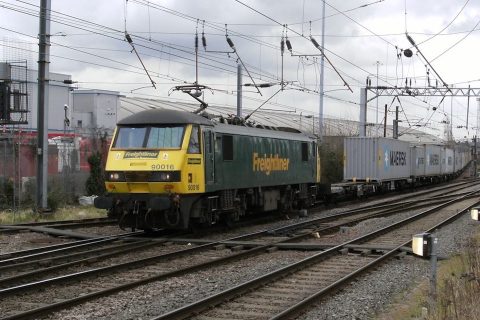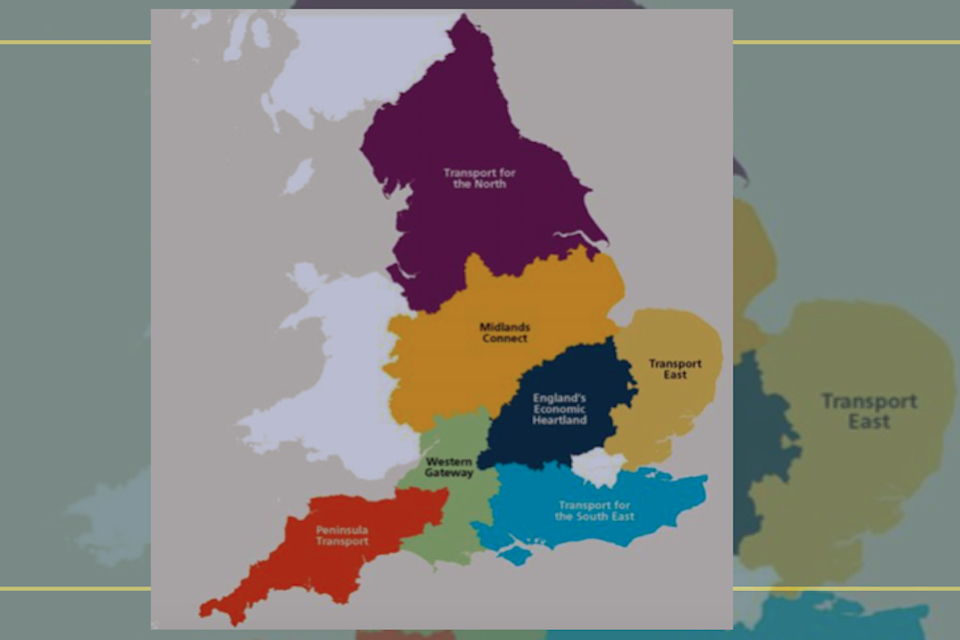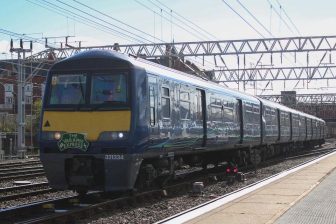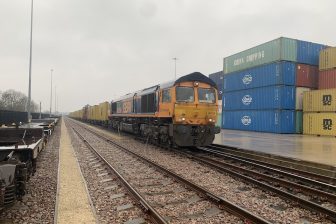
England’s Economic Heartland sees freight opportunities despite recent drawbacks
Better links between places with limited connectivity, the creation of multi-transport interchanges and better rail flows to airports and ports are all part of the Rail Strategic report suggesting solutions to increase rail freight capacity in England’s most significant economic region. The plan, devised by England’s Economic Heartland, faces a critical limitation related to the cancellation of part of the HS2 project. However, it still provides insight into how improvements to the region’s rail lines could boost the regional economy and national property.
The new Rail Strategic Objectives report from England’s Economic Heartland is based on extensive stakeholder engagement. The report builds on the EEH evidence base, consolidating high-level objectives for passenger and freight services. The body wants the government, transport bodies, and the private sector to clearly and consistently understand the region’s rail requirements. Given the high population density in the region and the high volume of transient traffic through the region, EEH says its report is designed to realise economic growth and encourage a modal shift to rail. The report contains a mixture of short, medium and long-term objectives.
Unlocking economic opportunities
England’s Economic Heartland is well-named. It plays a role in almost every aspect of national industrial and economic development. Nearly every journey contributing to national GDP crosses the region, and the railways are critical to that economic flow. “EEH’s geography covers almost all of the major main lines on Britain’s rail network”, said Councillor Liz Leffman, Chair of England’s Economic Heartland. “East West Rail [is] set to cross them all. This report shows how we can make better use of the main lines for the benefit of our communities, businesses and the wider transport network – unlocking economic opportunities while offering a realistic alternative to cars and lorries to reduce emissions.”
EEH covers six major counties and several major city areas, such as Swindon and Milton Keynes. It is home to over five million people and is a centre for many modern industrial sectors. The so-called ‘golden triangle’ for logistics touches the region, and, in any case, many of the goods on the back of intermodal trains, bound for distribution centres, cross on the region’s railways. According to Councillor Leffman, the report is a comprehensive summary of the eighty-three objectives across each of the seven routes using a passenger and freight category allocation across a timeframe (short (up to 5 years), medium (5-20 years) and long (greater than 20 years).
Shift to increasing rail freight capacity
Part of the report may have its ambitions stifled by the cancellation of the northern leg of the HS2 high-speed rail project. The report recommends appropriate use of the released capacity from the delivery of HS2 on both the West Coast Main Line and Midland Main Line. Written before the government’s cancellation was announced, the report says these will be a key benefit to the region of the delivery of HS2. However, the overall thrust of the report seeks to improve journeys between places where rail connectivity is currently limited. It suggests creating strategic multi-transport interchanges, enhancing capacity and frequencies, better rail access to airports, and increasing freight flows, such as those between Felixstowe and the Midlands and North.

The authors recognise that these objectives will require considerable collaboration. “England’s Economic Heartland will now work with the sector to progress the interventions, including through the Wider South East Rail Partnership, a powerful new alliance which will bring EEH together with Great British Railways, Network Rail, Transport East, Transport for the South East and Transport for London.”
The report’s objectives are a mixture of relatively small-scale interventions and more significant schemes over a range of timescales, including increasing access to stations by creating multimodal hubs and enhancing capacity for passenger and freight movements. “The focus should shift to increasing rail freight capacity”, concludes the report. “Relevant capacity and connectivity studies should be considered and contributed to for the corridors outlined with the route-specific strategic objectives.”




